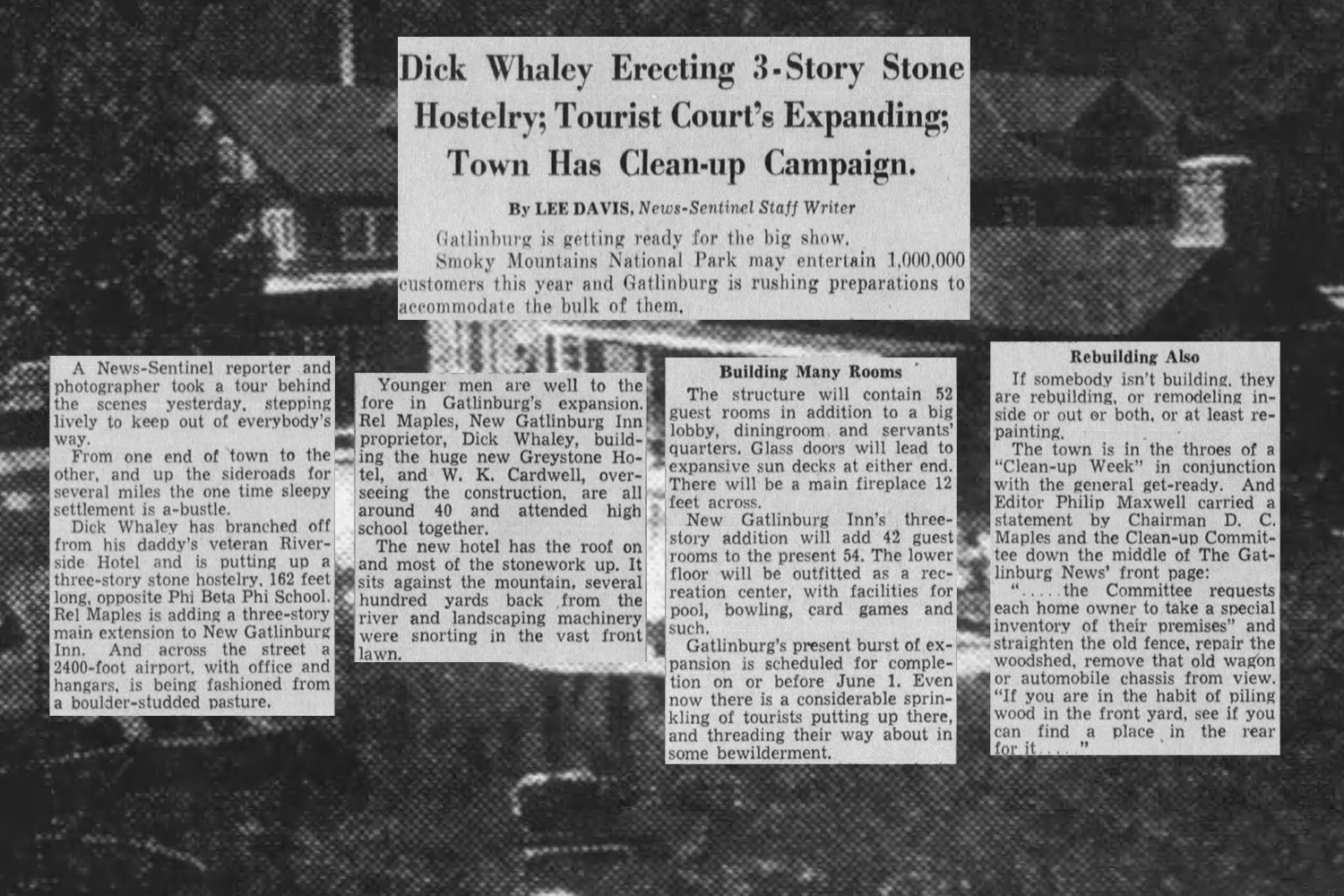Great Smoky Mountains National Park was officially established as a national park on June 15, 1934, by President Franklin D. Roosevelt. The park is known for its beautiful mountains, lush forests, and diverse wildlife. It is the most popular national park in the United States, attracting nearly 13 million visitors in 2022 (a new record).
The establishment of the Great Smoky Mountains National Park had a significant impact on business and commerce in the surrounding areas. It began a stream of visitors who spent money on lodging, food, and other services in the nearby towns. This created jobs and economic growth for many businesses that catered to tourists. In addition, the park’s preservation of the natural environment helped to maintain the region’s beauty and natural resources, which in turn attracted more visitors.
However, the establishment of the park also resulted in the displacement of many residents who lived in the area, as the federal government acquired their land to create the park. This had a different impact on the local economy, particularly in industries such as logging and agriculture, which were disrupted by the loss of land.
There was a small group of local businessmen who were heavily involved in the rise of commerce in Gatlinburg, none more important than our own, Rel Maples, the founder of the Historic Gatlinburg Inn.
Our research department (we don’t really have a research department, but we do have a guy who looks things up) came upon an interesting article from the March 30, 1941 edition of the Knoxville News Sentinel which discusses the frantic pace of activity in the town preparing for tourist season. Portions of the article read:
From one end of town to the other, and up the sideroads for several miles the one time sleepy settlement is a-bustle.
Dick Whaley has branched from his daddy’s veteran Riverside Hotel and is putting up a three-story stone hostelry, 162 feet long, opposite Phi Beta Phi School. Real Maples is adding a three-story main extension to New Gatlinburg Inn. And across the street a 2400-foot airport, with office and hangars, is being fashioned from a boulder-studded pasture.
Younger men are well to the fore in Gatlinburg’s expansion. Rel Maples, New Gatlinburg Inn proprietor, Dick Whaley, building the huge new Graystone Hotel, and W.K. Cardell, overseeing the construction, are all around 40 and attended high school together.
New Gatlinburg Inn’s three-story addition will add 42 guest rooms to the present 54. The lower floor will be outfitted as a recreation center, with facilities for pool, bowling, card games and such.
Gatlinburg’s present burst of expansion is scheduled for completion on or before June 1. Even now there is a considerable sprinkling of tourists putting up there, and threading their way about in bewilderment.
So obviously, in the Spring of 1941, Gatlinburg was a busy place! It is interesting that a group of men around 40 who knew one another from high school were the principle drivers of the town’s expansion.
It is fascinating to look back on the history of Gatlinburg and how it became the tourist mecca it is today. We invite you to visit us at the Historic Gatlinburg Inn, the last of the town’s original hotels. Our lobby walls are covered with photos of famous and significant guests who have stayed here, and we have done our best to maintain a sense of history while also providing the conveniences most modern travelers want. Come see us!

